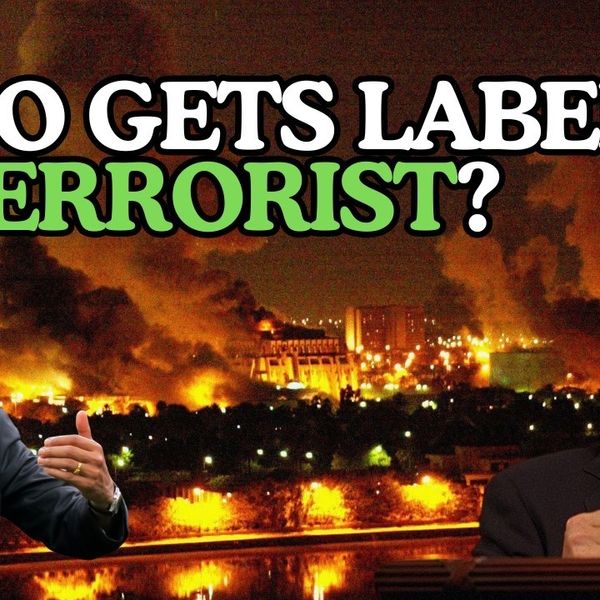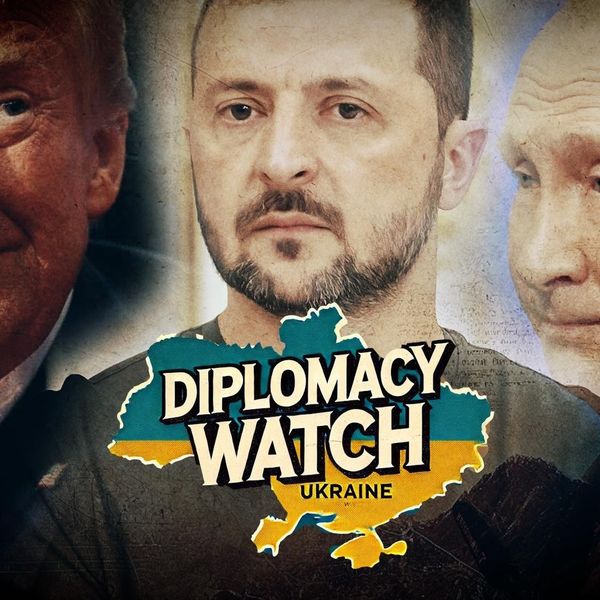No Pope had ever kissed the feet of leaders, begging them to bring peace to their country. But in April 2019, Pope Francis surprised South Sudan and the entire world when he did just that to President Salva Kiir, Vice President Riek Machar, James Wani Igga, Taban Deng Gai, and Rebecca Nyandeng De Mabior; a gesture that clearly expressed his belief that the Pontiff of the Catholic Church must be a committed and unwavering peacemaker.
Pope Francis spoke about peace until his very last breath. In his brief message before the Urbi et Orbi blessing on April 20, Easter Sunday, he mentioned peace 10 times, remembering the Holy Land and the gift of all Christians celebrating Easter on the same day, in Lebanon, Syria, Yemen, Ukraine, the Southern Caucasus, the Balkans, Democratic Republic of the Congo, Sudan and South Sudan, the Sahel, the Horn of Africa and the Great Lakes region, and also Myanmar.
His memory of specific countries and regions was accompanied by his concern for freedom of religion, freedom of thought, freedom of expression, and respect for the views of others. He stressed that no peace is possible without true disarmament. The call was “to care for one another, to increase our mutual solidarity, and to work for the integral development of each human person.”
These were not only his last words. These were the words of an entire life and of an entire pontificate. Even the name chosen, “Francis,” was a sign of his commitment to peace and the poor. No Pope before him had used that name, the name of a poor friar from Assisi who, in 1219, was bold enough to counter the Crusaders and meet Sultan Malik al-Kamil in Damietta, Egypt.
Indeed, Pope Francis spoke about peace, invited peace, and worked for peace even and especially when few did so — much like his chosen namesake. He was the first Pope to visit the Arabian Peninsula and Iraq, the first to develop a personal friendship with the Grand Imam of Al-Azhar, Ahmed Al-Tayyeb, the same way he was friends with Rabbi Abraham Skorka in Argentina. He expressed the same personal touch through his frequent calls to the only Catholic church in the Gaza Strip.
Yet, his ministry was not only about personal relationships and feelings. It was made of bold steps for the world such as the “Document on Human Fraternity for World Peace and Living Together,” the first document to be signed by both a Catholic Pope and a Grand Imam of Al-Azhar. It was signed 800 years after St. Francis visited Sultan Malik al-Kamil and marked a dramatic turn in the relationship between Muslims and Christians.
It was also bold to declare, as he did in Nagasaki, Japan, that “the use of atomic energy for purposes of war is immoral, just as the possession of nuclear weapons is immoral.” The opposition of the Catholic Church and prior Pontiffs to nuclear weapons had been clear but Pope Francis’ statement went beyond; we must imagine a world without nuclear weapons, we must imagine a world in peace.
And he was equally bold when he denounced the arms trade, repeatedly condemning those who profit from war in his address to the United States Congress in September 2015, saying, “why are deadly weapons being sold to those who plan to inflict untold suffering on individuals and society? Sadly, the answer, as we all know, is simply for money; money that is drenched in blood, often innocent blood.”
For his boldness and love of peace, Pope Francis was openly criticized, even mocked. This was especially true when he tried to open a path to peace in Ukraine by sending Cardinal Matteo Zuppi to Kyiv, Moskow, Washington, and Beijing. In that context, peace was and has been a dirty word, but in his words and actions, Francis insisted that peace remain central, underlining the value of the human person, of peoples, over and against the destructive power of violence.
Similar resistance emerged against his stance in favor of the dejected, migrants, and prisoners. Pope Francis was caring. He was aware of the trials and tribulations of many, and, aware, he cared for them and invited others to do the same.
He made himself a pilgrim of peace, travelling the globe, witnessing to peace and spreading the invitation widely. He traveled to many countries where the Catholic population was a minority and was always welcomed with great warmth and appreciation. He made the world smaller, weaving it together in a time of further distances and higher walls.
He went from South Sudan, where he told the leaders, “future generations will either venerate your names or cancel their memory, based on what you now do,” and then to Iraq, where he met Grand Ayatollah Ali al-Sistani in Najaf saying, “peace does not demand winners or losers, but brothers and sisters who, despite misunderstandings and past wounds, choose the path of dialogue.”
Francis was undetered, and worked tirelessly and repeatedly. In May 2014, then-Israeli President Shimon Peres and Palestinian President Mahmoud Abbas met with him in the Vatican and recently, after one year of Israeli offensive in Gaza, former Israeli Prime Minister Ehud Olmert and former Palestinian Minister for Foreign Affairs Nasser Al-Kidwa presented Pope Francis with their proposal to end the war devastating their nations. Throughout the conflict, Pope Francis, as in Ukraine, centered the lives of the suffering, choosing to call the only Catholic church in Gaza personally every day, demonstrating, in a most concrete way, his care and concern.
Many are mourning after his death. He was mourning with many while he was alive.
When he visited the Community of Sant’Egidio in Rome in 2014, he coined 3 Ps to capture its charisms — prayer, the poor, and peace. In this synthesis was both a description and invitation; an invitation to many to make these the pillars of their life.
Pope Francis made peace through prayer and care for the poor. He did so until the very end of his earthly journey and continues to invite all to do the same.















